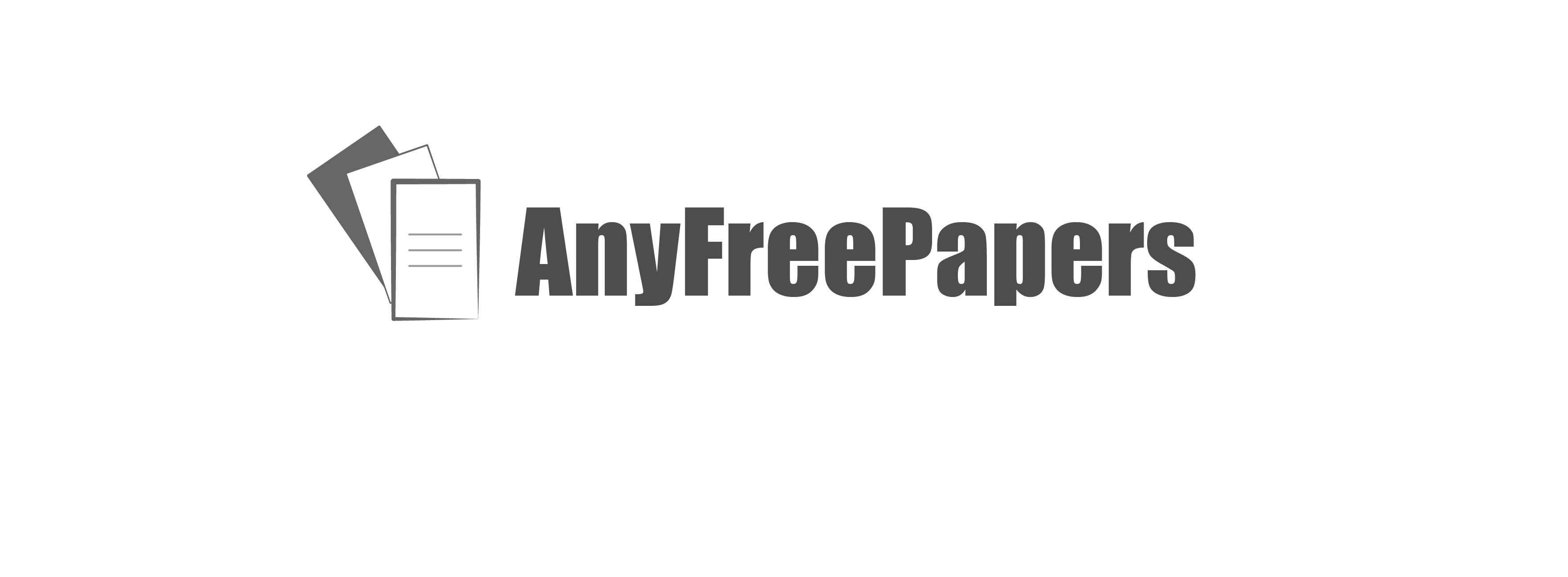Introduction
The world of literature, which entails the line of work for several professions (such as writers and editors), the study of literary works, and the latter’s place in the society, is a highly dominant field in every modern culture. Just like science and other kinds of art, literature can only exist when a certain minimal set of circumstances occur. That is, in order for the writer, for instance, to be able to focus on the literary work, someone else must provide for the writer’s shelter, food and so on, or else the writer must earn a livelihood instead of creating his literature. As a consequence, literature depends on the production of other members of the society, and thus the notion of many writers, scholars and others, who feel committed to improve the lives of their peers in the field, the construction site or anywhere else. For that reason, and due to the central role of work in readers’ lives, work was and still is a central theme in literature.
This paper explores the nature of the “power of the pen” by examining the way two authors treat the interrelation between the literary work and society. This goal is achieved by comparing Tom Wayman’s poem The Country of Everyday: Literary Criticism, which calls for deeper understanding of society by poets, with Judy Collins’ reflections on the singer’s life on the road, as revealed in her narrated article True Stories and Other Dreams. Moreover, the paper tries to establish several principles for thematic comparison between different cultures, times and types of literature. Learn how we can help with writing an essay on this topic.
Comparing Poetry and Nonfiction
Wayman’s treatment of the construct differs from that of Collins in several ways. First, while Wayman depicts scenes from the world of hard laborers (such as the electrified electric worker and the housewife), Collins tells her personal account from one particular show. Second, Wayman seems to criticize poets for isolation from the rest of society, while Collins praise the artistic work as any other labor, and criticizes a journalist who questions this point as if he “seems to harbor some hostility for work” (p. 132). Finally, Wayman doubts if the layman has any interest in modern poetry. Collins, on the other hand, shows how her appearance on the stage influences people and raises their spirit, thereby perceiving herself as their servant.
Thanks to their influence on readers – especially young minds that are to choose a profession for life – writers can help to change people’s perceptions of work, lines of business and workplace environment. For example, adventure novelists created in the past a romantic image of sailors, although a descriptive work might have focused more on the hard labor, risks and boredom, which are also probably a part of life on sea. Similarly, Collins’ essay somewhat dissolves the glamour of the singer by dealing with the everyday aspects of this profession, while discussing the great dedication demanded from her as a performing artist.
Literature’s Treatment of Social Change
If literature aspires to go beyond the superficial means of entertainment and limited influence, it must not only deal with matters of change but also to take a stand and express clear opinions. This is what merits some of the greatest novels, such as The Scarlet Letter and To Kill a Mockingbird, as well as many others. On the other hand, it is clear that some changes may be perceived negatively by some writers and critiques, whose responsibility to try and stop certain tides.
One great example is George Orwell’s 1984, whose warning signs against the lost of privacy (as well as other aspects of the overly dominant regime) still echo in people’s minds to this day. This was partially done through the author’s combination of numerous aspects of human life (e.g. work, love, nature and emotions) and the way they might change under modern forms of tyranny. Moreover, the novel came out at the best possible time, both politically and socially, which contributed to a wide acceptance of Orwell’s advocacy.
Conclusion
Fortunately or not, today’s writers “compete” with other media (both printed and electronic) on public attention. One possible result is not only the risk of a deterioration in the author’s influence, but also the latter’s opportunity to focus on the elements of social change it can best deal with.
A key criterion to distinguish literature’s strengths and weaknesses as a motivator of social change is the context of the change in question, especially in regard to time frame and the extent of the change. Literature usually tends to have a long-run effect, and thus may not be an optimal means to convey immediate political messages such as documentary films and protest songs, for instance. On the other hand, when talking about long-term campaigns such as women’s rights and protecting the environment, literature has the means to slowly “melt the hearts” of readers, scholars and policy makers.
Works Cited
Collins, J. (1995). True stories and other dreams. In LaRocco, C. (Ed.), The art of work: An anthology of workplace literature, student edition (pp. 131-6). New York: McGraw-Hill.
Wayman, T. (1995). The country of everyday: Literary criticism. In LaRocco, C. (Ed.), The art of work: An anthology of workplace literature, student edition (pp. 250-2). New York: McGraw-Hill.
